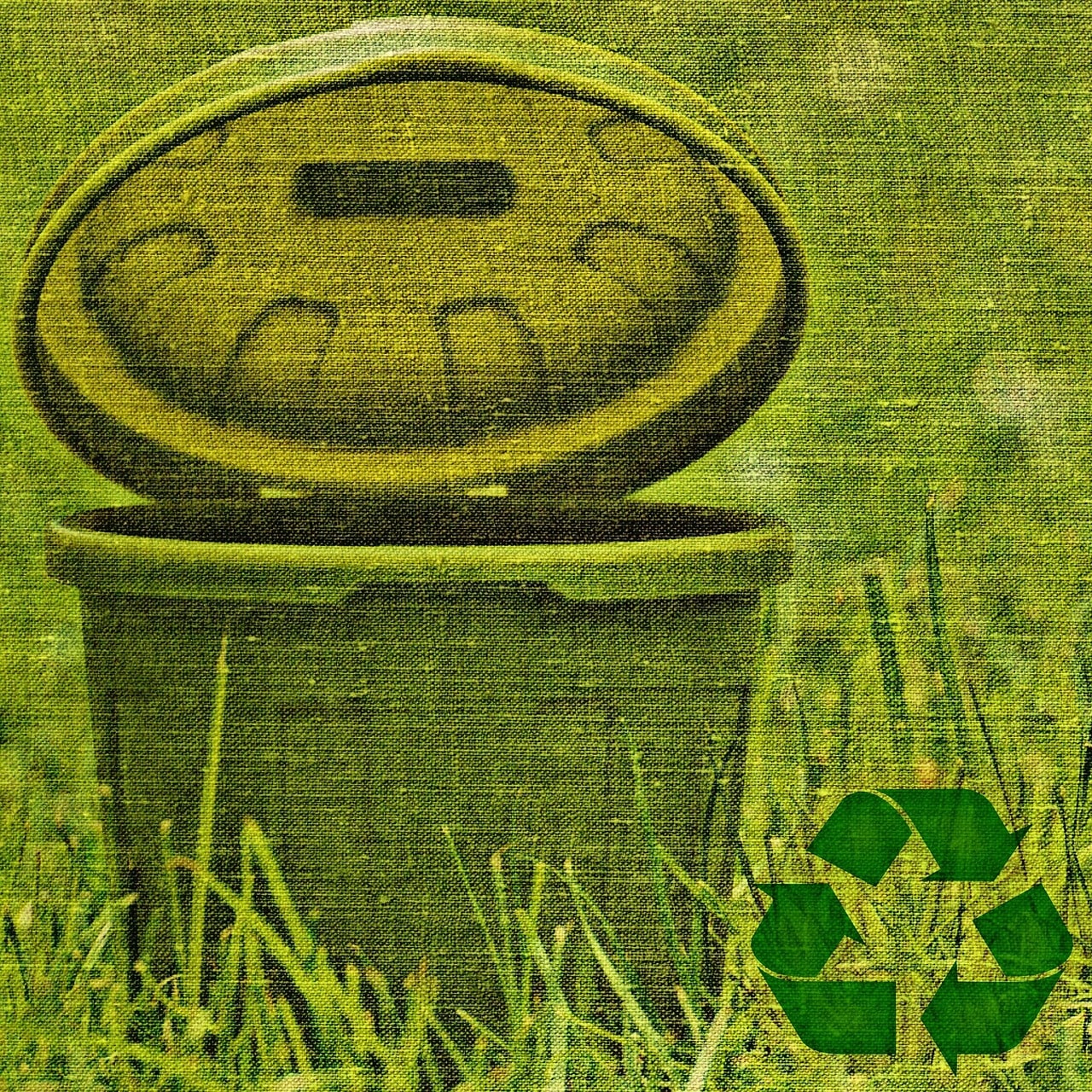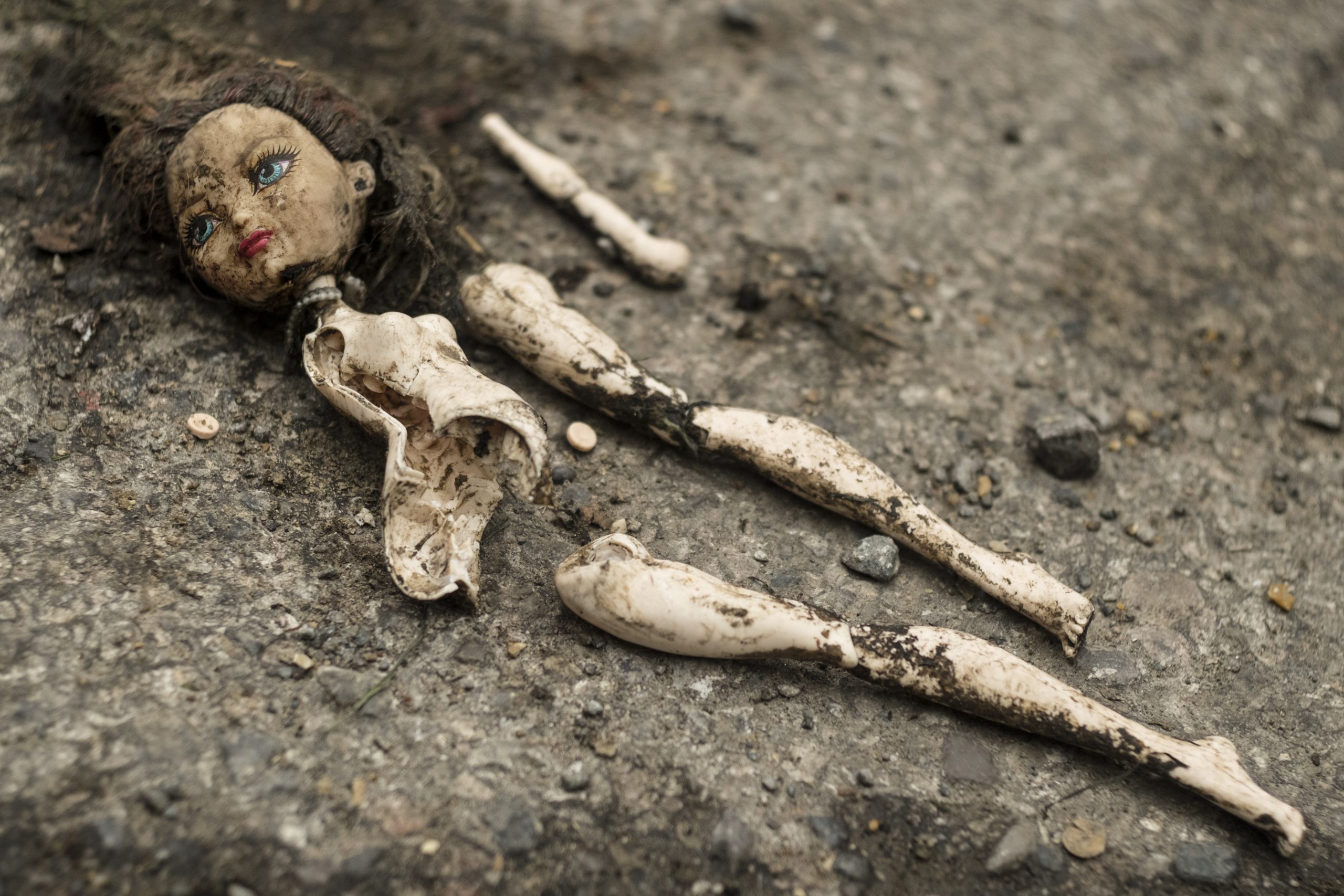Zero Waste x Climate Change a Systemic Change
4 mins read
•
Updated 1 year ago

As consumers, we tend to overlook all that goes into bringing a product onto the shop shelf you pick it up from. We visit the shop, we look at the price points, find an amazing deal and purchase the product. But we hardly slow down to think about the process that has to be undertaken for that product to become the finished product you see.
And this is where we discuss the lifecycle assessment of a product. When we as consumers understand the behind-the-scenes of a product, we suddenly become aware of all the systemic problems that exist, environmentally, socially and economically. When we look at a across the world, later packaged in more plastic, and finally we purchase it. It doesn’t end here it gets mixed with organic waste and takes 700 years to decompose. Think about that acalled microplastics which are honestly blind to our naked eye. Mixing streams of waste warming.
Now, if we were to think of slow living and zero waste living as a solution, and finding sustainable alternatives in our own personal lives, all of a sudden as consumers we are supporting local, we are supporting a circular economy (an economy in which waste is being designed out of the system) while decreasing our carbon footprint and waste footprint. We often hear, “say no to that plastic toothbrush or bag,” and we think it’s only diverting plastic waste from landfills. But honestly there’s a huge trickle-down effect when we say no to single-use plastics that have no way to be recycled.
At one point in the past, corporations created products and tailored their messaging to consumers to make us feel we need it! And by this, we were manipulated to demand such products and further manipulated to get accustomed to convenience and price points being a major factor in our purchase decision. Similarly, by saying no to plastic or consuming food exactly the amount you’d like to, as a consumer, you are sending a message back. Without consumers, an economy is inexistent. The more the consumers question the system by living a more mindful life, we start tackling carbon footprint, and waste footprint. Various stakeholders in the system start thinking about why the demand is dwindling and start thinking of innovative methods to stay relevant and profitable, and how does one do that? By listening to consumers.
Zero waste living isn’t just about decreasing the waste you generate. It’s about becoming aware of all the injustices behind the products we buy, it’s about becoming aware of the entire lifecycle of every single thing we use and it’s about asking questions as consumers. When we do this, we realize that there are sustainable alternatives out there to live a cleaner lifestyle. Additionally, the more we do this, the more we drive demand for sustainable alternatives, forcing others to green their supply chains.Zero waste
sustainability
waste management
